 Politics
Politics  Politics
Politics  Weird Stuff
Weird Stuff Ten Bizarre Facts About The Doge Meme
 Our World
Our World 10 Ways Your Christmas Tree Is More Lit Than You Think
 Movies and TV
Movies and TV The 10 Coolest Stars to Set Sail on The Love Boat
 History
History 10 Things You Didn’t Know About the American National Anthem
 Technology
Technology Top 10 Everyday Tech Buzzwords That Hide a Darker Past
 Humans
Humans 10 Everyday Human Behaviors That Are Actually Survival Instincts
 Animals
Animals 10 Animals That Humiliated and Harmed Historical Leaders
 History
History 10 Most Influential Protests in Modern History
 Creepy
Creepy 10 More Representations of Death from Myth, Legend, and Folktale
 Politics
Politics 10 Political Scandals That Sent Crowds Into the Streets
 Weird Stuff
Weird Stuff Ten Bizarre Facts About The Doge Meme
 Our World
Our World 10 Ways Your Christmas Tree Is More Lit Than You Think
Who's Behind Listverse?

Jamie Frater
Head Editor
Jamie founded Listverse due to an insatiable desire to share fascinating, obscure, and bizarre facts. He has been a guest speaker on numerous national radio and television stations and is a five time published author.
More About Us Movies and TV
Movies and TV The 10 Coolest Stars to Set Sail on The Love Boat
 History
History 10 Things You Didn’t Know About the American National Anthem
 Technology
Technology Top 10 Everyday Tech Buzzwords That Hide a Darker Past
 Humans
Humans 10 Everyday Human Behaviors That Are Actually Survival Instincts
 Animals
Animals 10 Animals That Humiliated and Harmed Historical Leaders
 History
History 10 Most Influential Protests in Modern History
 Creepy
Creepy 10 More Representations of Death from Myth, Legend, and Folktale
Top 10 Unknowable Things
There are lots of things we don’t know; personally I’m a veritable cornucopia of ignorance. But there is a difference between things we don’t know and things that can’t be known. For example, no-one knows when Shakespeare was born (although we do know when he was baptized). However, it’s not impossible that in the future we could find out – a long lost document might be found that mentions his birth, so Shakespeare’s true date of birth is not unknowable, just unknown. This list contains 10 things that are unknowable in principle. Not only are they unknown now, they can never be known.
Most of these are mathematical; I’ve tried to make it as nontechnical as possible – apart from anything else, I’m no mathematician so I’ve tried to dumb it down enough so that I can understand it.
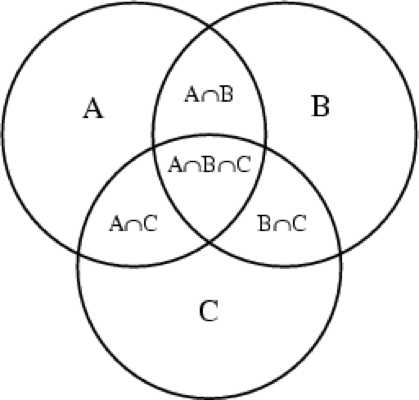
Unknowable Thing: What’s in a set of sets that don’t contain themselves?
We have to do a little mathematics for several of these items! This is the first on the list because, in a sense, the concept of the “unknowable” starts with this paradox discovered by Bertrand Russell in 1901.
Let’s start with the idea of a set. A set is a collection of objects – for example, you could have the set of positive even numbers that contains 2, 4, 6, 8… or the set of prime numbers containing 2, 3, 5, 7, 11… so far so good.
Can sets contain other sets? Yes, no problem – you could have a set of sets that contain other sets – and that set would, obviously, contain itself. In fact, you can split sets into two types – those that contain themselves and those that don’t.
So, consider a set (S, say) of sets that don’t contain themselves. Does S contain itself? If it does, then it shouldn’t be in the set, but if it doesn’t, then it should. So S is continually hopping in and out of itself.
This paradox caused quite a lot of consternation amongst mathematicians. Imagine someone proving that a number could be simultaneously even and odd, it’s similarly worrisome to that. Ways have been gotten around the paradox – essentially by redefining set theory.
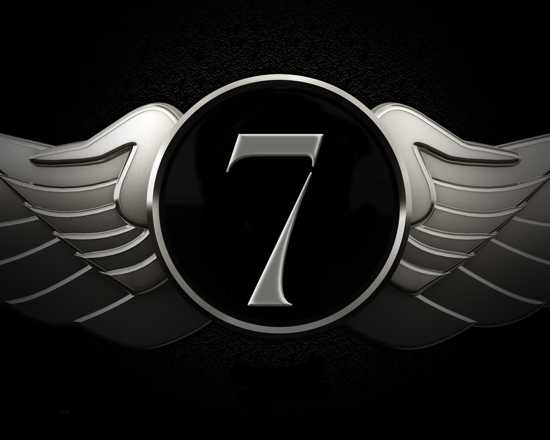
It has been said that the problem with people’s perception of the universe is that our brains are only used to dealing with small numbers, short distances and brief periods of time. Graham’s number is big enough to make most people’s brains start to steam; it’s really big; to put it into context, let’s look at some, so-called, big numbers:
Most people have heard of a googol – for most purposes it’s a big number – 10^100 which is 1 followed by 100 zeroes.
There are much bigger numbers out there though; a googolplex is 1 followed by a googol zeroes and the mathematician Stanley Skewes has defined numbers much bigger than a googolplex.
To put these into context, the smallest of them (the googol) is still much bigger than the number of particles in the universe (around 10^87).
However, Graham’s number knocks these “toddlers” out of the ground – it was used by Ronald Graham in his (to me) incomprehensible work on multi-dimensional hypercubes (it’s the upper limit to one of the solutions). Suffice to say that it is way bigger than Skewes’ numbers and in fact, the universe isn’t big enough to store the printed version. Even if each digit was the size of an electron. Not even close.
The truly wonderful thing about Graham’s number is that it’s possible to calculate the last few digits and we know it ends in a 7.
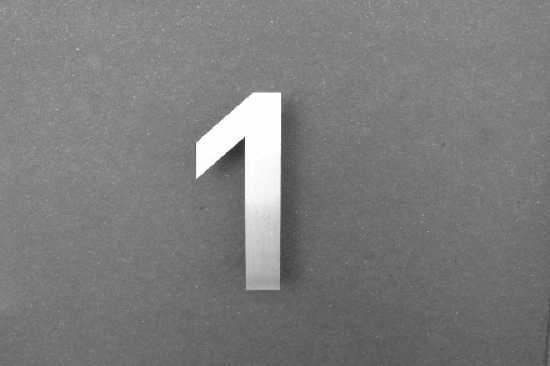
Unknowable Thing: What’s the smallest positive integer not definable in under eleven words?
This is a problem in the philosophy of mathematics. Just to make things a little clearer – an integer is a whole number (1, 2, 3 etc), and for smaller integers, it’s easy to define them in words:
“The square of 2”= 4
“One more than 4” = 5
…and so on. Now as a thought experiment – consider how many eleven word sentences there are – obviously there are a lot; but there’s only a finite number of words (around 750,000 in English) so there’s only a finite number of eleven word sentences – at some point, you’d run out and there would be an integer you couldn’t define. Except, “The smallest positive integer not definable in under eleven words” only contains ten words, so you can define it in under eleven words.
This is called Berry’s paradox and in fact, it’s a kind of “sleight of hand” with language – we’re subtly moving from naming numbers to describing them, but still no-one can come up with that number!

Unknowable Thing: Will a computer program ever stop?
When I sat through Pure Mathematics classes at school, it was a common complaint that what we were learning was “useless.” Unfortunately, the teacher simply responded with “you’re learning this because it’s on the syllabus.” The Turing Halting problem sounds like a grade-A useless, entirely academic, waste of time. Except that it led to the development of digital computers.
Alan Turing was an English mathematician and a child prodigy, particularly in mathematics. His work on computing machines was entirely theoretical at first; he was working on the idea of describing mathematical statements entirely numerically so they could be processed by a theoretical computing machine. He thought up the concept of a general purpose computing machine (now called a Turing Machine) as a thought experiment – he didn’t envision someone actually building one.
He reasoned that a computer program must either run forever or stop. He proved that it’s impossible to automatically determine which will happen – I know you might argue you could “run the program and see what happens” – but supposing it only stops after 7 trillion years?
A little more about Turing: his line of reasoning is particularly remarkable because he did it in 1936 – years before the first digital computer was built. World War II started in 1939 but Turing had been working on code-breaking at Bletchley Park for a year before that; trying to decipher the German Enigma code. It was clear that a “manual” approach was too slow and Turing specified the first decoding machine (called a Bombe), this led to Colossus – arguably the first programmable, digital computer that could automatically run through many possible “keys.” His work was so important to decryption that much remained secret long after the war ended; some was only published this year – 60 years after it was written.

Unknowable Thing: There are numbers that can’t be computed.
This is another mind bender proved by Alan Turing. For a start, there is more than one “infinity.” For example, how many positive, whole numbers are there? Why, there are infinity – they never stop. How many positive, even numbers are there? The same – if you double a positive, whole number you get a corresponding even number, so there must be the same number.
Okay, how many real numbers are there? Real numbers include all the fractions, irrational numbers (such as pi) and whole numbers (positive or negative). Well, there are a lot more than there are whole numbers – between each whole number, there are an infinite number of real numbers; so the number of real numbers is a much bigger infinity than the number of whole numbers.
With this concept firmly in place; you can reason thus:
Suppose you start writing computer programs to generate real numbers, one for each real number.
You count each program; the first one is “1”, the second, “2” and so on – as you’re counting, you use the positive, whole numbers.
The problem is that although you’re happy to write an infinite number of programs, that infinity is way smaller than the infinite number of real numbers, so there must be many (in fact, most) real numbers missing – that can’t be calculated.

Unknowable Thing: In mathematics, there are true things that can’t be proved true – and we don’t know what they are.
This brain-hurting theorem was developed by Kurt Gödel. The concept dates back to 1900 when David Gilbert proposed 23 “problems” in mathematics that he would like to see solved in the upcoming century. One problem was to prove that mathematics was consistent – which would be jolly nice to know. However, in 1901, Gödel blew that out of the water with his incompleteness theorem – I won’t go through the theorem in detail here, partly because I don’t understand the full detail, but mainly because it took me three separate lectures before I even felt I was getting there, so if you’re interested: Wikipedia is your friend!
In summary, the theorem shows that you can’t prove mathematics consistent using just mathematics (you’d have to use a “meta-language”). Furthermore, he also showed that there are true things in mathematics that can’t be proved true.
When I learnt the theorem, it was suggested that the famous Fermat’s Last Theorem might be such a “true thing that can’t be proved true,” but that was spoiled as an example when Andrew Wiles proved it true in 1995. However, here are a couple of things that might be true, but not provable:
“There’s no odd perfect number.”
A perfect number is a positive, whole number whose divisors add up to itself. For example, 6 is a perfect number – 1 + 2 + 3 = 1 * 2 * 3 = 6.
28 is the next perfect number. Perfect numbers occur rarely and up to now only 41 perfect numbers have been found. No-one knows how many there are – but it’s between 41 and infinity!
So far, all the perfect numbers have been even but, again, no-one knows if there is an odd one yet to be found, but if there is one it’s a very big number; bigger than 10^1500 – (1 with 1500 zeroes after it).
“Every even number is the sum of two primes.”
A prime number is only divisible by itself or 1 and it’s a curious fact that, so far, every even number that’s been tested is the sum of two of them – for example: 8 = 5+3 or 82 = 51 + 31. Again, it’s known to be true for a lot of numbers (up to around 10^17) and it’s also known that the higher a number is, the more likely it is to be a prime, so it seems more likely the higher you get, but who’s to say there isn’t a really big even number out there where it isn’t true?
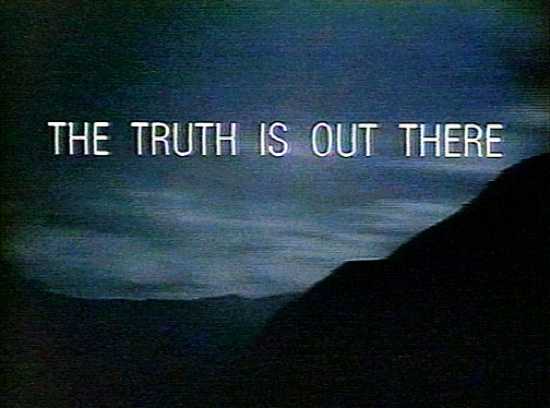
Still in the world of provability, we come to Tarksi’s undefinability theorem, but to tantalize, here is something on the background of Tarksi.
He was the son of Jewish parents born in pre-war Poland, and he was very lucky. He was born Alfred Teitelbaum in 1901. There was widespread antisemitism in pre-war Poland and in 1923 Alfred and his brother changed their surname to “Tarski” – a name they made up because it “sounded more Polish.” They also changed their religion from Jewish to Roman Catholic – although Alfred was actually an atheist.
In the late 1930s, Tarski applied for several professorships in Poland but was turned down – luckily, as it turned out. In 1939 he was invited to address a conference in America which he probably wouldn’t have attended if he’d recently taken up a professorship. Tarski caught the last ship to leave Poland before the German invasion the following month. He had no thought that he was “escaping” from Poland – he left his children behind thinking he would be returning soon. His children survived the war and they were reunited in 1946, although most of his extended family were killed by the German occupiers.
Back to the theorem: Tarski proved that arithmetical truth cannot be defined in arithmetic. He also extended this to any formal system; “truth” for that system cannot be defined within the system.
It is possible to define truth for one system in a stronger system; but of course, you can’t define truth in that stronger system, you’d have to move on to a still stronger system – and so on, indefinitely searching for the unreachable truth.

Unknowable Thing: Where is that particle, and how fast is it going?
We leave the brain-hurting world of mathematics, but alas we enter the even more cortex-boggling world of quantum physics. The uncertainty principle arose when studying sub-atomic particles and changed how we view the universe. When I was at school, we were taught that an atom was like a mini solar system with a sun-like nucleus in the middle with electrons orbiting, and the electrons were like tiny marbles.
That is so wrong – and one of the key discoveries along the way to showing that was Heisenberg’s uncertainty principle. Werner Heisenberg was a German theoretical physicist who worked closely with the Danish physicist Niels Bohr in the 1920s. Heisenberg’s reasoning goes like this:
How do I find out where a particle is? I have to look at it, and to look at it I have to illuminate it. To illuminate it, I have to fire photons at it, when a photon hits the particle, the particle will be moved by the photons – so by trying to measure it’s position, I change it’s position.
Technically, the principle says that you can’t know the position and momentum of a particle simultaneously. This is similar, but not the same as the “observer” effect in experimentation where there are some experiments whose outcomes change depending on how they are observed. The uncertainty principle is on much firmer mathematical footings and, as I mentioned, changed the way the universe is viewed (or how the universe of the very small is viewed). Electrons are now thought of as probability functions rather than particles; we can calculate where they are likely to be, but not where they are – they could actually be anywhere.
The uncertainty principle was quite controversial when it was announced; Einstein famously said that “God does not play dice with the universe,” and it was around this time that the split in physics that separated quantum mechanics – which studies the very small and the macro physics that studies larger objects and forces started. That split is still to be resolved.
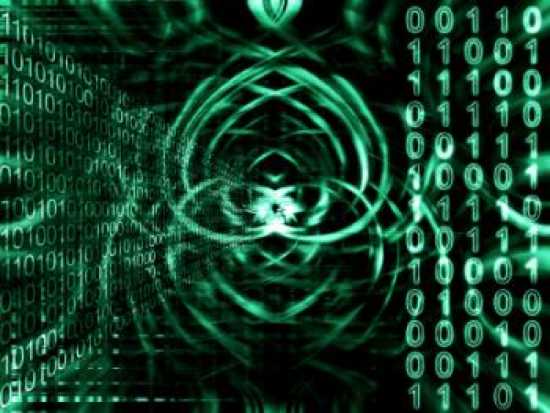
Chaitin’s constant is an example of what seems normal and sensible to a mathematician, but crazy sounding to the rest of us. Chaitin’s constant is the probability that a random computer program will halt. What’s crazy about it (actually, one of a few things), is that there is a different constant for each program, so there is an infinite number of values for this “constant” – which is usually shown as a Greek omega (Ω). The other slightly crazy thing about it is that it’s not possible to determine what Ω is – it’s an uncomputable number, which is a real shame – if we could compute Ω, then it’s been shown that most unproven problems in mathematics could actually be proved (or disproved).
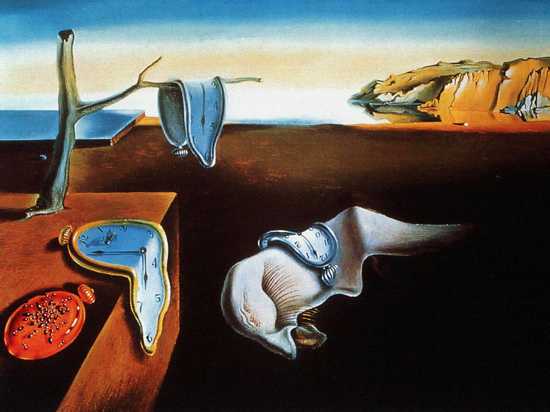
So far, we’ve described things we know to be unknowable (if that makes sense). However, the final item describes things that might be true but that can’t be known. You might think I’d struggle to find an example, but consider the following:
We live in an expanding universe; when we look at other galaxies they are moving away from us and accelerating. Now, in a distant future (around 2 trillion years from now) all the other galaxies will be so far away that they won’t be observable (technically, they’ll be moving so fast that the light will be stretched into gamma rays with wavelengths longer than the universe is wide). So, if you were an astronomer in 2 trillion years, there would be no way of knowing that there were billions of other galaxies in the universe – and if anyone suggested it, you’d laugh derisively and say “show me the evidence; you have nothing.”
So, bearing this in mind, come back to the present day – there might be true things about the universe that we can never know. Gulp!

Unknowable Thing: Are there any uninteresting people?
It’s fairly easy to argue that there are no uninteresting people:
Consider making a list of uninteresting people; one of those people will be the youngest – and being the youngest uninteresting person is, itself, interesting – so they should be removed from the list. Now there is a new youngest uninteresting person, and they can also be removed from the list, and so on – until the list must be empty. So, if you meet anyone you think is uninteresting, you must have got it wrong.








